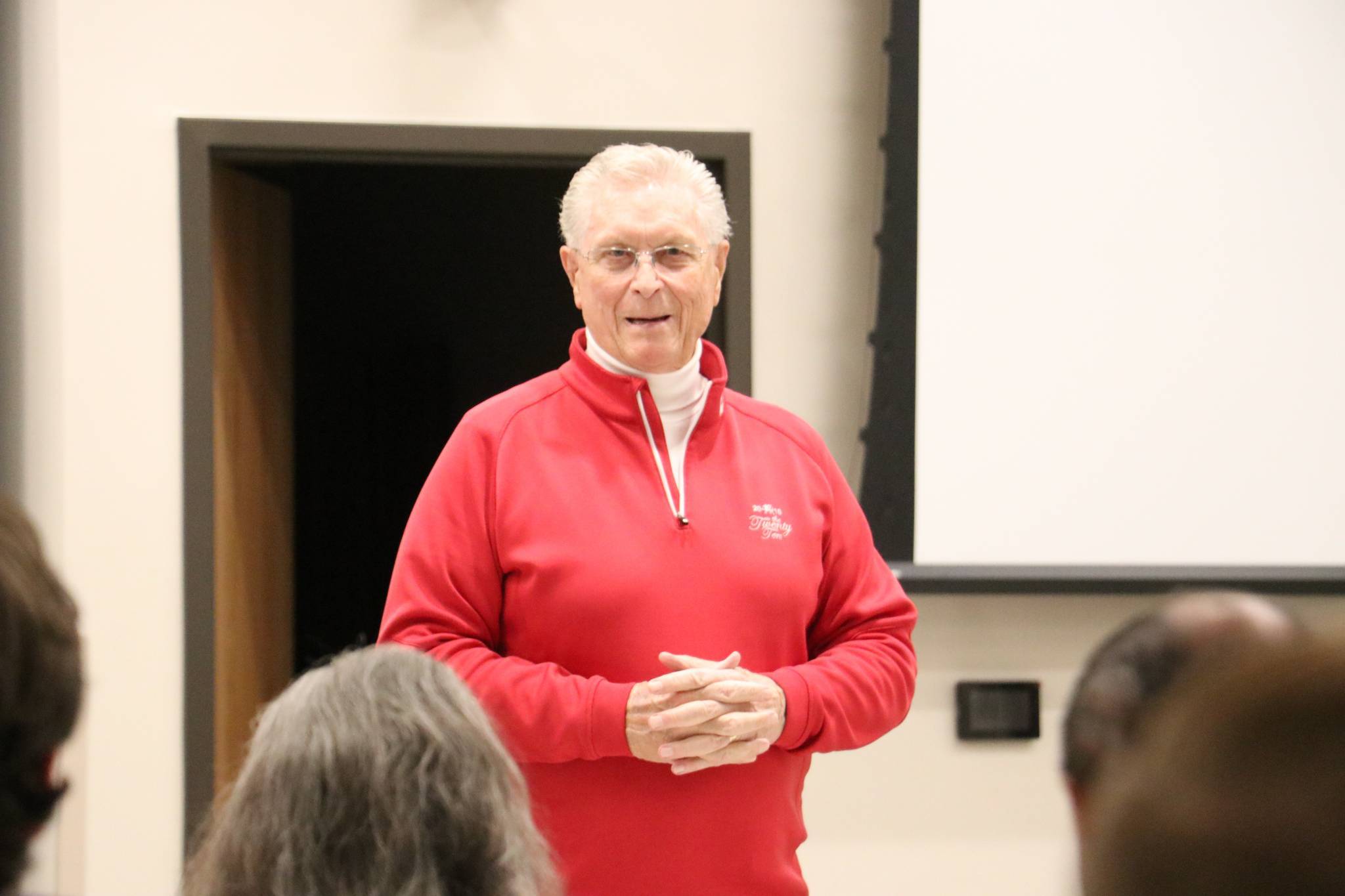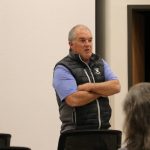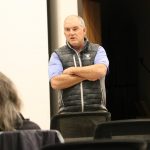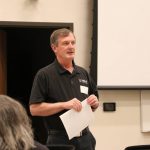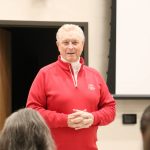The second Utah Advanced Materials and Manufacturing Initiative (UAMMI) presentation hosted at the Southeastern Regional Development Agency (SERDA) building took place on Thursday, this time focusing on Blue Sky Energy.
The initial plan was to have founder Alan Hall lead the presentation. However, due to traffic complications, Hall was not able to attend the first half of the day. Tulinda Larsen, who is the President of UAMMI, opened the meeting and welcomed two candidates to give brief introductions.
Robert Olsen, who is running for Carbon County Commissioner, has been an appraiser since he was 25 years old and it is a job that he has done continuously in that time. He was made aware of some deep issues with the county assessor’s office last fall and said he knows he can clean it up if he is elected.
Joe Christman, who is a current Price City Councilman, is running for House District 67 Representative. Christman stated that, regardless of political affiliation, meetings such as the one being hosted then were really important for all elected officials.
From there, Blue Sky Energy President Jeff Lowe explained that their goal is to take coal and make something positive out of it while also re-educating people on coal. In late 2021, they began looking into marketing and business development. Lowe went over the timeline and stated that in the last year, Blue Sky has really been focusing on process and product development.
Mid-year 2023, they ran into some coal issues. Now, their technology is basically ingesting coal at about 7,000 ton per year and making product. They are finding that, as the product is condensed, it is closer to a diesel fuel. Blue Sky Energy is working with a lot of companies on all sides to perfect their products, how to burn fuel and more.
Craig Eatough, CSO of Blue Sky Energy, spoke next. Eatough came prepared with a handout to follow along with his explanation on the Blue Sky Energy process. In the Destructive Distillation Process, coal feedstock is put through the crusher/dryer and is then thermally processed. This works to separate coal into its components. Through the condenser, coal is separated into gases, liquids and solids.
The gases are fuel, hydrogen and fertilizer, while the liquids are oil, tar and pitch and the solids are char, coke, activated carbon and soil amendments. The typical yields from destructive distillation of western bituminous coal is 45% carbon, 35% gases, 11% tar and 9% oils.
A third speaker for Blue Sky Energy said that the lowest value for coal is burning it, though that is primarily how it is used. He stated that there is a need to develop a large range of other uses for coal. Coal is mostly carbon and that carbon needs to be replenished in usable forms for everyone to continue to live as they are.
UAMMI has called together the experts in the United States to discuss alternate uses of coal, because coal is the highest carbon-containing natural material. There is a goal to find uses for coal and for two days, 35 of the United State’s best experts came together in Salt Lake City, under the sponsorship of UAMMI and a federal grant, because they are a group in the federal government that recognizes the need.
There was a question and answer portion that was hosted following the coal-focused conversation, led by Hall, who was successful in making it to the latter half of the presentation.
The next UAMMI session will take place on Thursday, June 13 and will focus on Funding Sources for Manufacturing.

